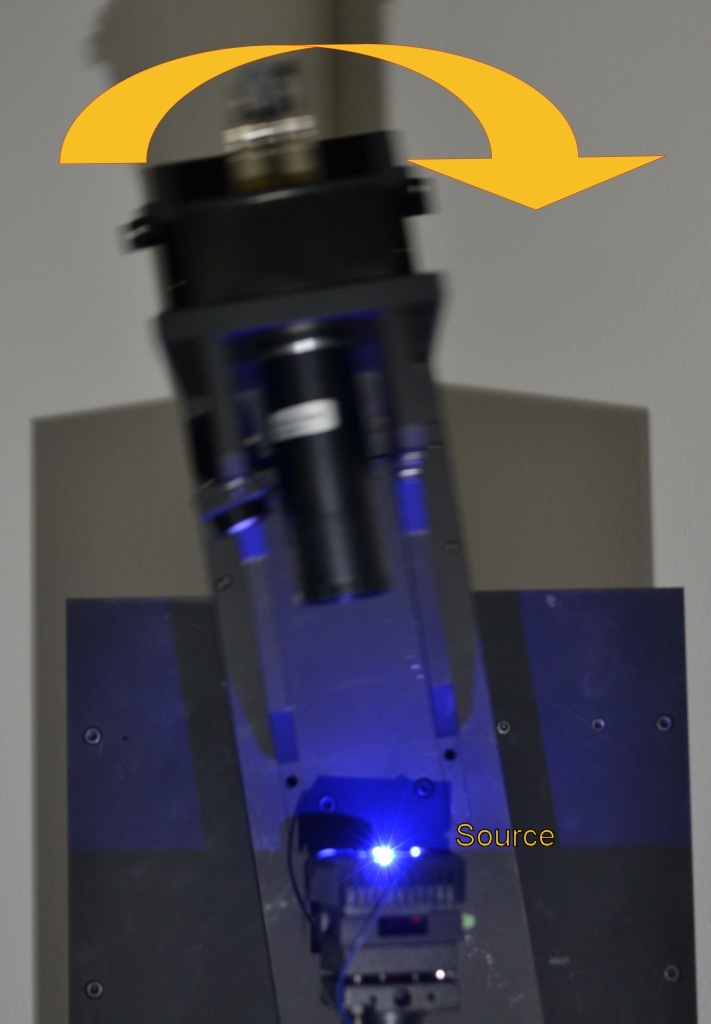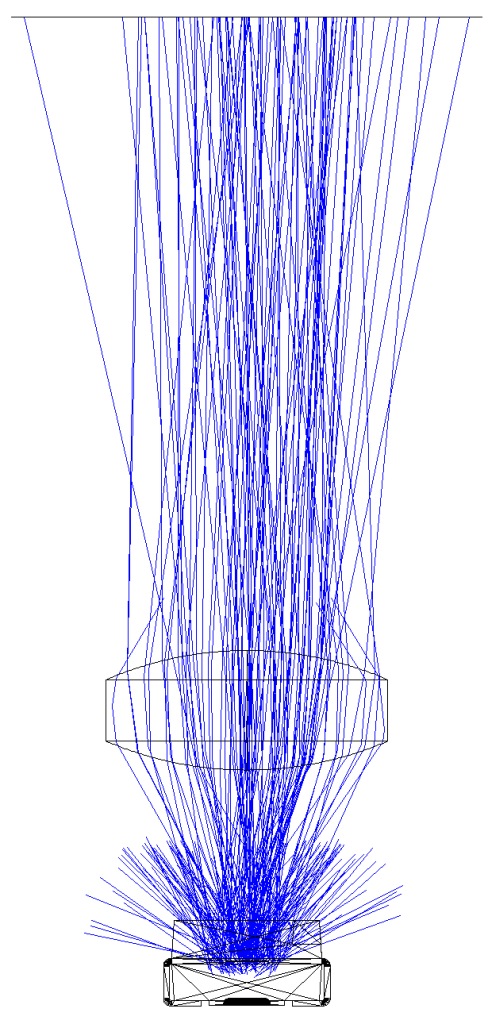Near field goniometric measurements
Near field goniophotometric system Rigo801
The use of LED- and small lamps data as source model is getting more and more important because of:
- Fundamental condition for planning a correct illumination
- Design, simulation and development of LEDs and lamps
The Goniometer Rigo801 uses a new image-resolving CCD-measuring technique to determinate raytrace data and light intensity distributions.
The correct determination of the intensity distribution of LEDs and lamps takes place far within their photometric limit by measuring image-resolved brightness distributions. A CCD-camera is manipulated by a goniometer and located around the stationary device under test on a spherical surface whose radius is defined merely by the field angle of the camera.
Advantages:
- Complete description of the light emission by raytrace data
- Resolution of C-planes 0.1°
- Resolution of emission angles 0.1°
- Wavelength 230 – 1200nm
- Measurement time depending on the resolution (0.5 – 3 hours)
Resulting data:
- Intensity distributions in well-established formats (EULUM-DAT, TM14, IES, Calculux, …)
- Raytrace data in different formats (e.g. ASAP, SPEOS, LucidShape, LightTool, Zemax, TracePro, SimuLux)
 Fraunhofer Institute for Reliability and Microintegration IZM
Fraunhofer Institute for Reliability and Microintegration IZM

